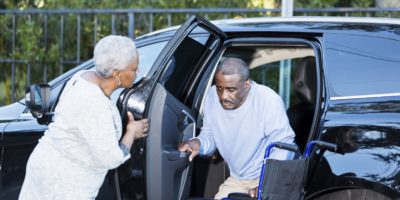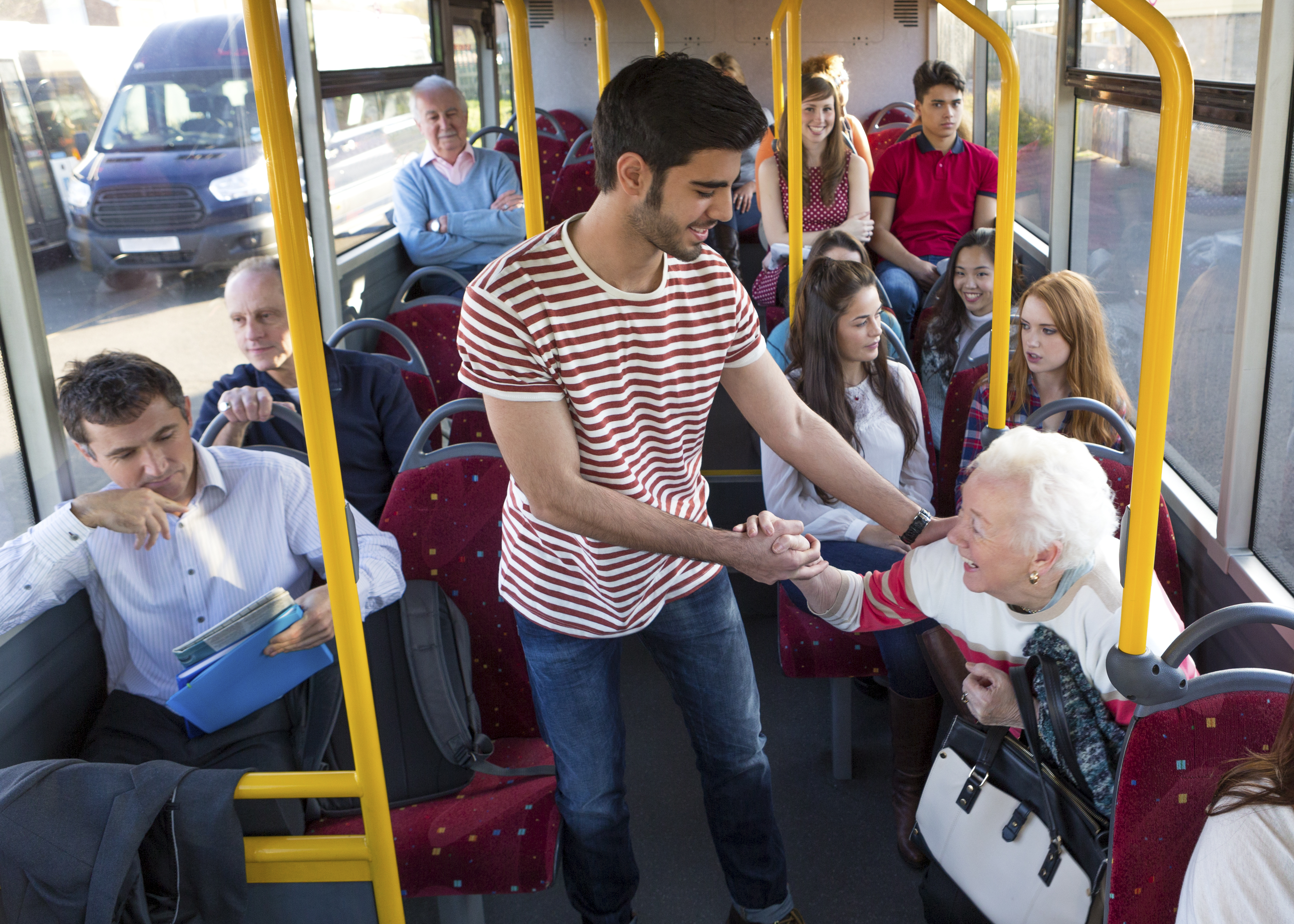To ensure that community transportation services are available to everyone, particular attention should be paid to the needs and preferences of older adults and people with disabilities.
A community’s “family of mobility/transportation options” may include walking, biking, driving, and transitioning from driving, as well as fixed-route public transit, dial-a-ride services, volunteer transportation programs, taxis and other shared ride options. In addition, mobility management, one-call/one-click transportation resource centers, and travel training offer person-centered information and assistance that facilitate access to community transportation options.
To accommodate the unique issues older adults and people with disabilities face in accessing and using transportation options, NADTC promotes:
- Engaging older adults and people with disabilities before new transportation options are created and using their insights and experiences to improve transportation programs, design new programs and ensure that services are of the highest quality.
- Ensuring that older adults and people with disabilities know about the transportation choices available in their community and understand how to access these options.
- Offering one-on-one assistance to assist older adults and people with disabilities select the best transportation options to meet their needs and use the transportation options available in the community.
- Providing safe, efficient, predictable, and reliable transportation services that older adults and people with disabilities are comfortable using.
- Following the ADA to ensure that people with disabilities are able to stay connected to their communities.

